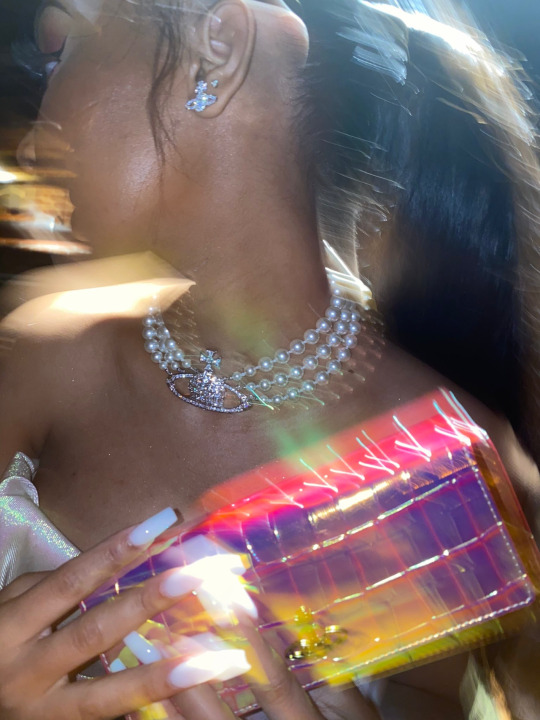Photo


1885 illustrations of Chinnamastā (छिन्नमस्ता - "She whose head is severed"), a sacrificial Hindu goddess who decapitates herself to feed her blood to devotees.
The semi nude goddess holds her own head in one hand, a scimitar in the other. Her blood is drunk by herself and two attendants.
She is a goddess of contradictions, and symbolizes both aspects of Devi: a life-giver and a life-taker.
She represents death, temporality, and destruction, as well as life, immortality, and recreation.
The goddess conveys self-realization and the awakening of the kundalini – spiritual energy. The legends of Chhinnamasta emphasize her self-sacrifice – sometimes coupled with a maternal element – sexual essence, and self-destructive fury.
818 notes
·
View notes
Photo

Ed Ruscha (American, b. 1937), Ripe, 1967. Oil on canvas, 59.25 x 54.75 in.
402 notes
·
View notes
Photo

Iran, Achaemenid ornamental Lapis lazuli plate, ca 500-400 BC.
8K notes
·
View notes
Text
Men who get hard from eating pussy 😩🤌🏽
Men who moan and pull you into them when you sit on their face 😩😍💞🥵
Men who drop to their knees and grab your ass and suck the soul out of you like they're starving 🥴😫😍🥵💞😍🙆🏽♀️💦💦🌟
30K notes
·
View notes
Text

The smell of an old book is the smell of its death.
The scent is caused by paper, ink and adhesives breaking down. As a book’s organic compounds degrade, they release chemicals into the air that we interpret as a combination of grass, vanilla, and almond.
Books also hang on to odors that tell the story of their history– like smoke, flowers pressed between pages, or water damage.
(Source, Source 2, Source 3)
2K notes
·
View notes






























